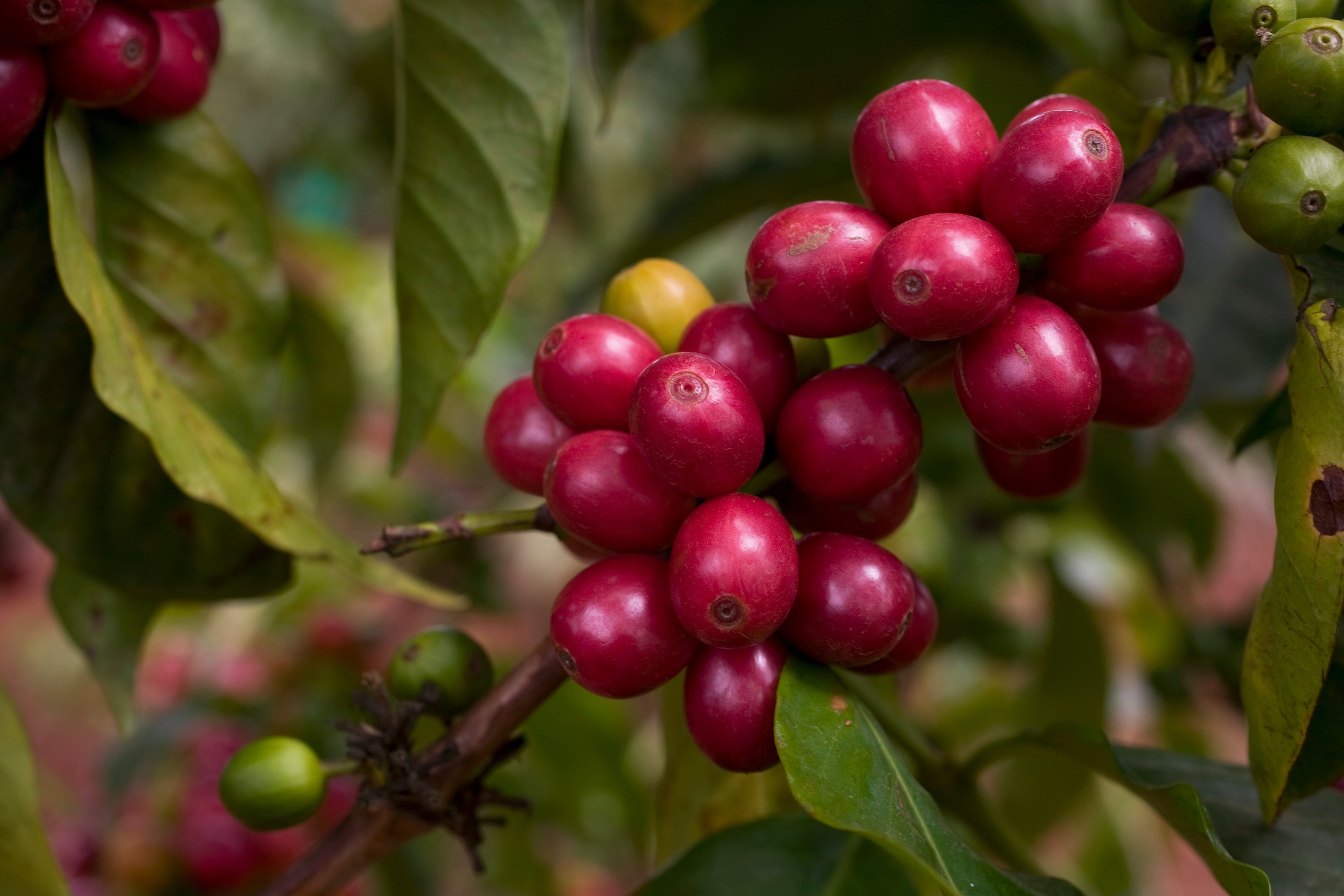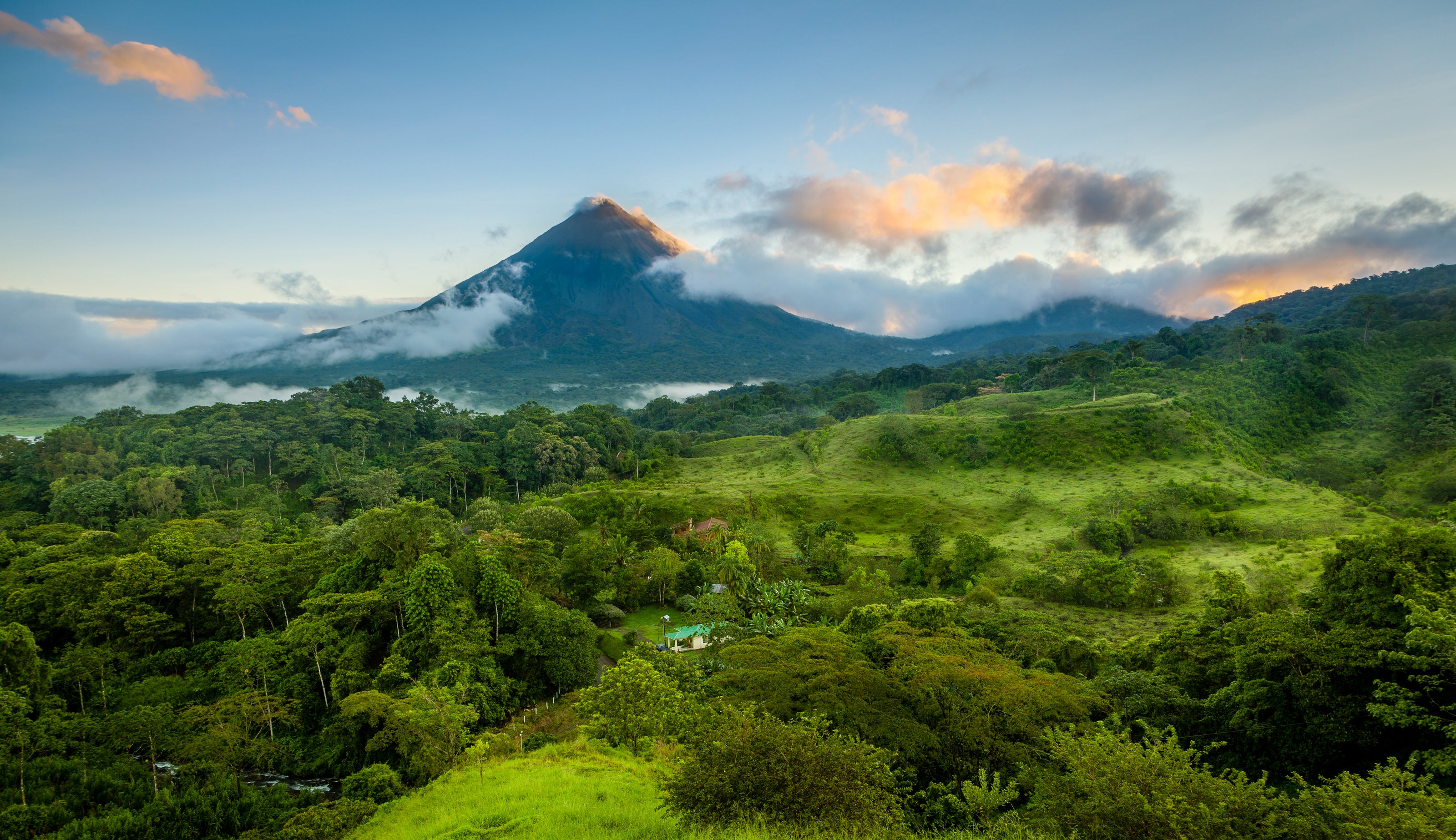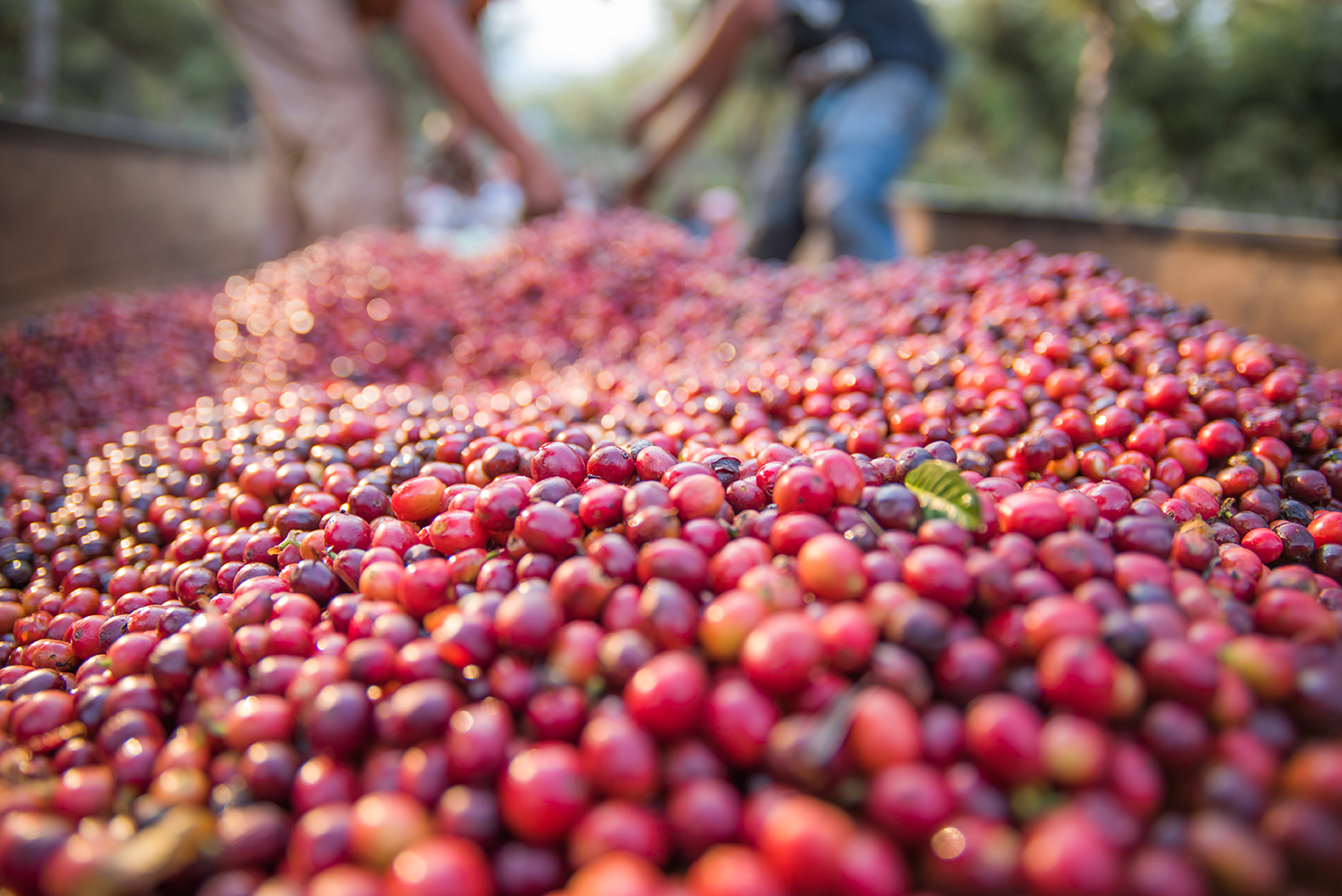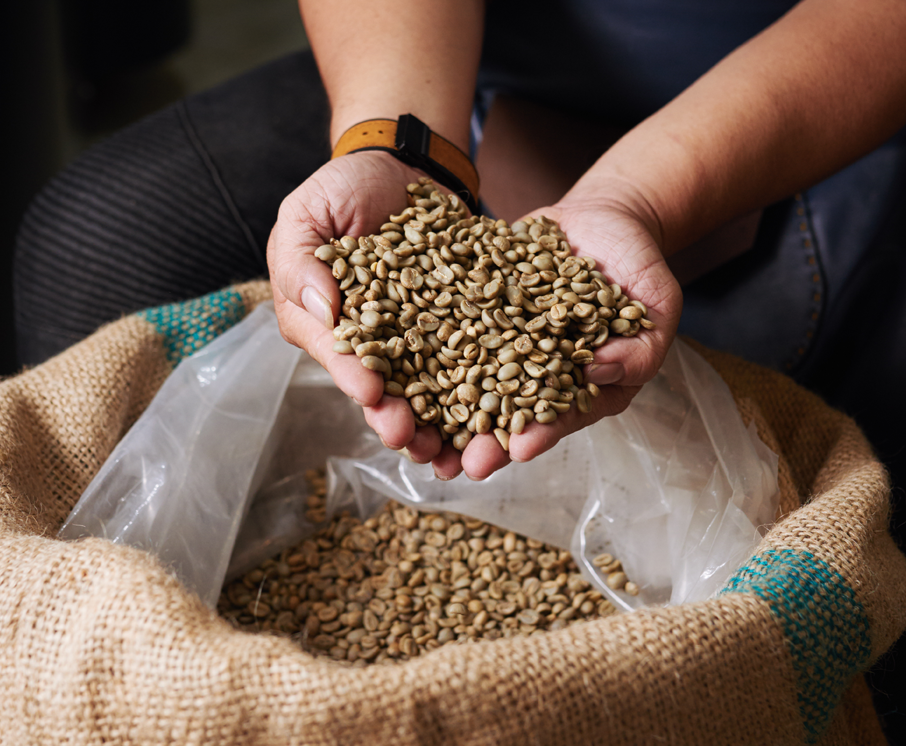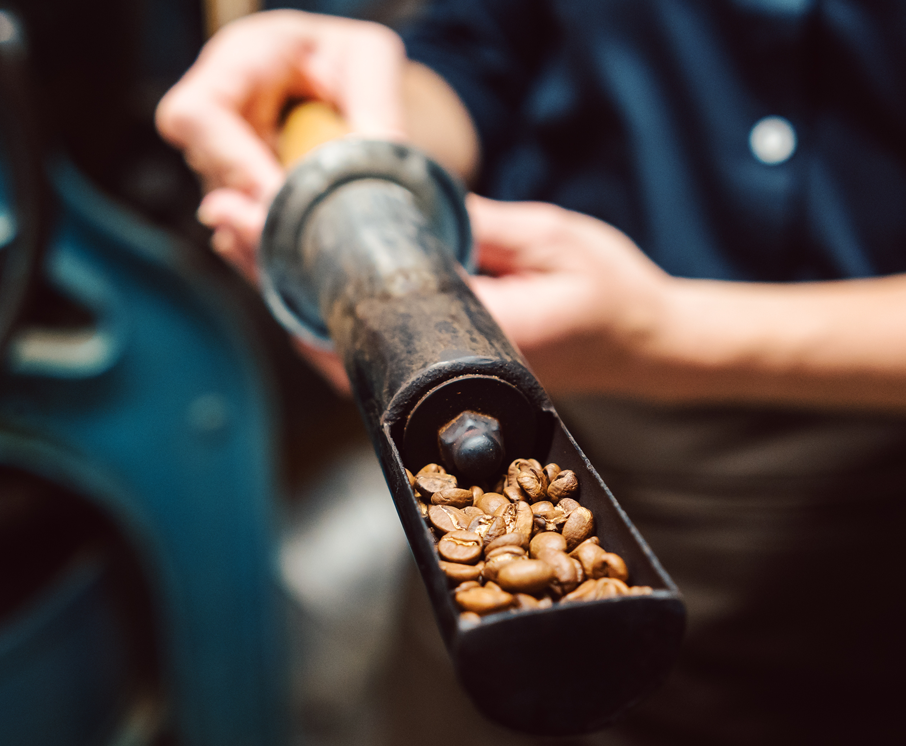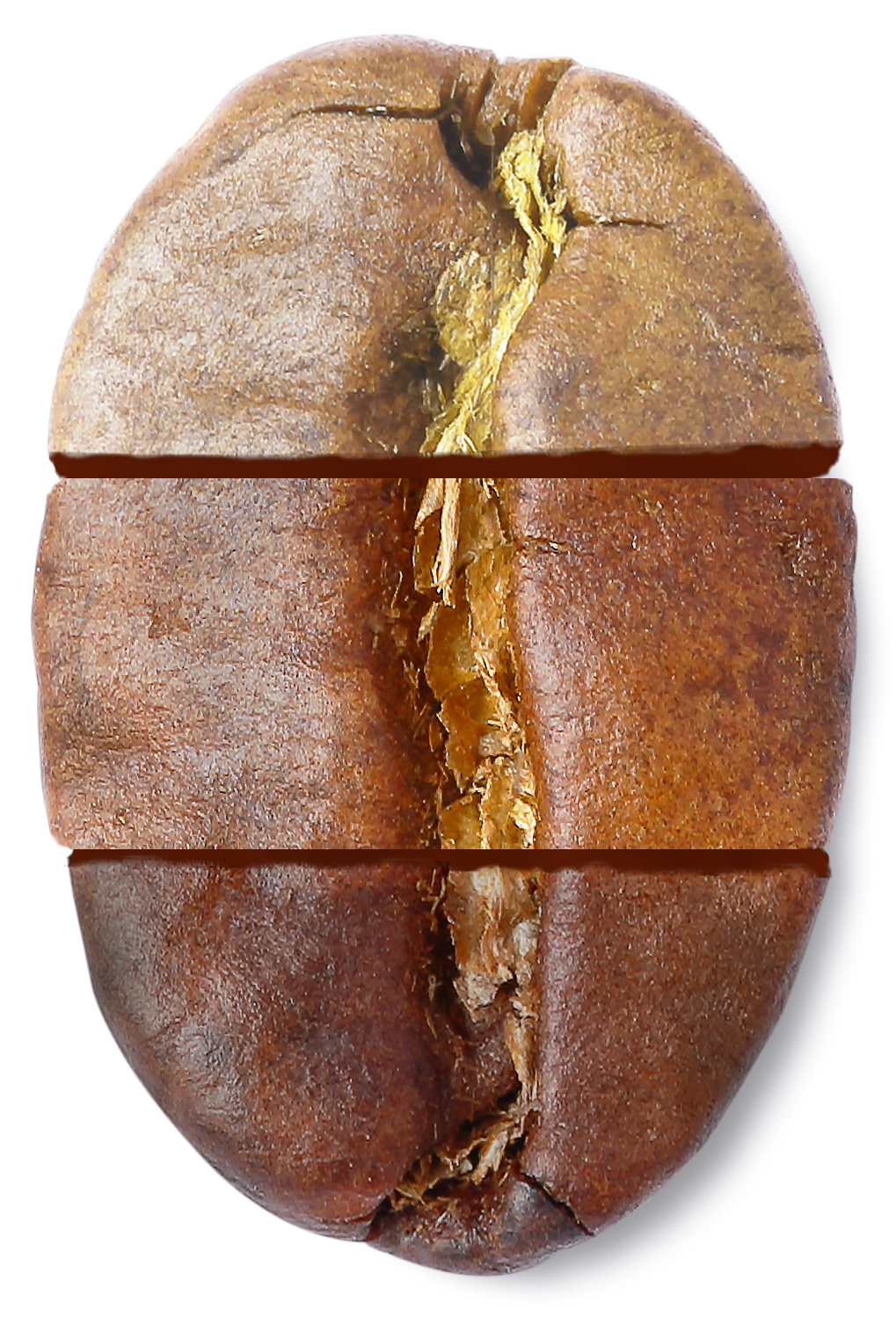I tried the Blues blends for the first time (my fav is the Jake Shimabakura blend) and enjoyed it! It’s smooth and pleasant like my fav jazz pieces. Recommend!
Have not tried it yet… I ordered some last year and I liked it… but I need to refresh my memory…. I certainly enjoy all the blends I have tried. I like your service and your donations to worthy causes…
Blessings to you guys...
Recently did my second order with Acoustic Coffee and got the Joe Bonomossa signature package. Having tried the Tommy Emmanuel CGP Fuel the first time around I wanted to sample another of the choices. This one is also very good. I ordered some of the Harmonic pods as well and am enjoying those too. Over the next several months I see myself trying several of the different offerings here. I enjoy experimenting with different coffees and so far I’ve not been disappointed.



